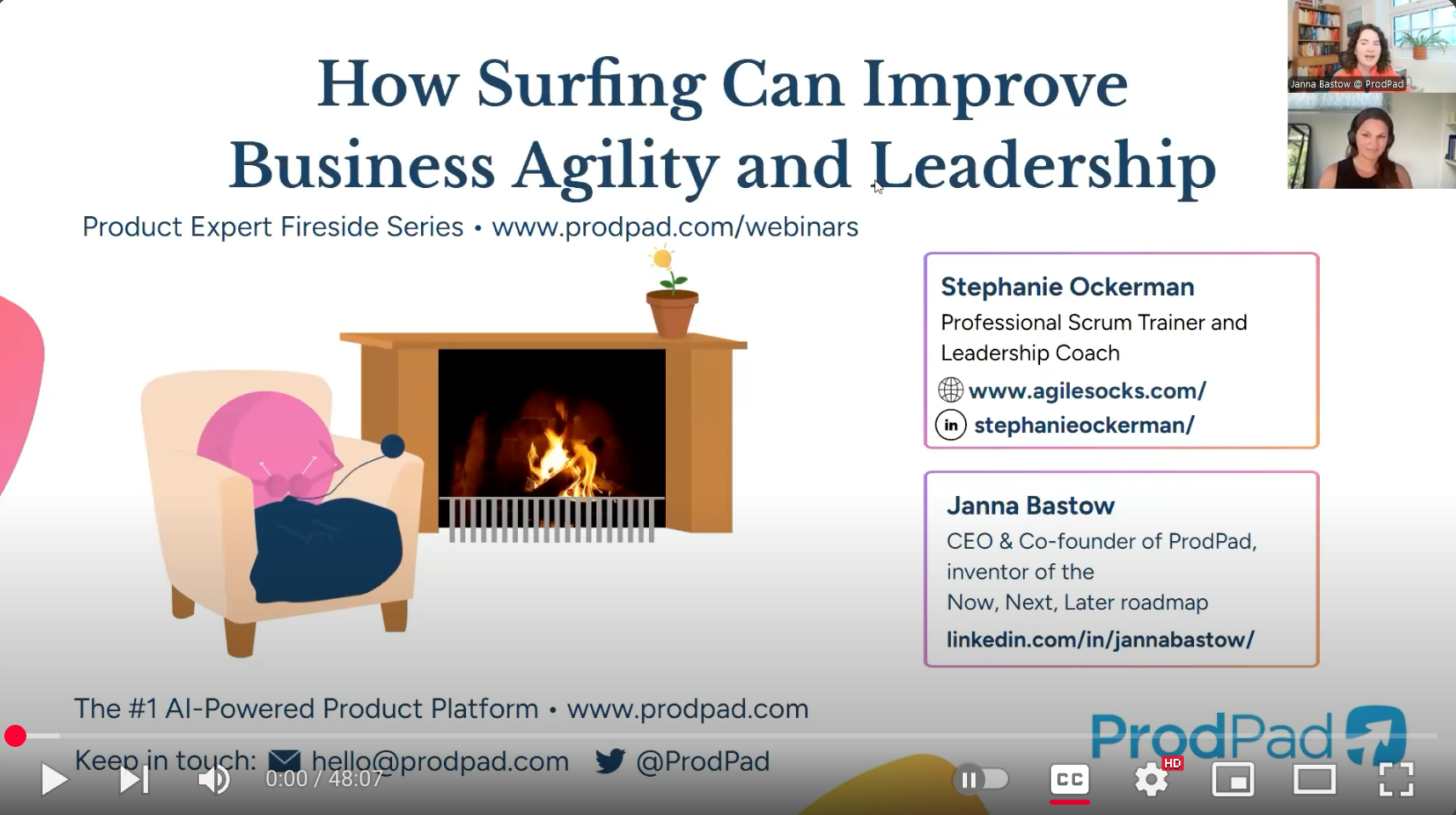
I am often asked how to create better goals. This comes up at the team level, and it also comes up for the wider organization. When we are dealing with complexity, there is no one right way, no perfect template, and no best practice. And I find it helpful to look at the goals people are using today, explore the benefits those goals are giving them, and identify if there are unintended consequences of how they are using goals. In this post, I will share some common patterns I have noticed that lead to using goals poorly.
If you start to recognize some of these patterns in your team or organization, well, that’s a good thing. Because seeing and understanding the problems (transparency) is the first step to improvement. And Evidence-Based Management (EBM) is a framework you can use to get back on track.
Instead of focusing on customer outcomes, goals may be too focused on activities and outputs. For example, a mobile app team may have a goal focused on delivering a certain subset of functionality to users (output). However, there is no guarantee that functionality will actually improve the customer’s experience.
Another example is a recruiting team that has a goal focused on the number of interviews scheduled (activity). However, if they are not quality candidates, the experience is likely to be poor for everyone involved.
That leads us to the next pattern.
Measures are essentially the transparent information that helps people make meaningful decisions about goals and how best to achieve them. What you measure will influence behavior. And focusing on one type of measure doesn’t give you enough understanding when working in complex environments.
Often, I see organizations measuring activities and outputs but missing outcomes. The number of hours worked or budget burned (activities) does not tell you much about your ability to deliver value. And even measures like orders filled or profitability (output) do not tell you much about the customer experience.
This is why EBM introduces 4 Key Value Areas (Unrealized Value, Current Value, Time-to-Market, and the Ability to Innovate) that enable a more robust set of perspectives to understand both market value and organizational capability. Having multiple lenses helps balance our progress towards longer-term goals and our responsiveness and effectiveness as an organization.
Goals are based on assumptions. This means we should be validating our goals frequently. And of course, we need to inspect and adapt our goals as we learn more.
In EBM, the concept of the Experiment Loop is introduced as a way to recognize that we make progress towards goals in a series of small experiments. And based on the results of those experiments, we must decide whether to keep going, stop, or pivot. And this includes possibly refining, updating, or even changing the goals.
Similar to what I teach with Scrum, there are no best practices when it comes to goals in a complex environment. And with any practice, you can use it well or use it poorly. Here are 2 insightful articles that offer an exploration of two popular practices related to goals:
When I coach my clients on effective goals, I offer multiple ways to look at goals and encourage them not to just pick one approach or one template. You have to do what feels right in your context, and you do not want to be too rigid.
Goal alignment happens through conversation and creating shared understanding – not just once a year, but frequently enough for your context.
Enroll in my 1-day Evidence-Based Management (EBM) live virtual training in March. In this class, you will learn how goals, measures, and experiments fit together in order to create better alignment, empower teams, and enable innovation.
What I love about having a formal training opportunity is that it brings the concepts to life in a meaningful way. It allows participants to use a case study to practice applying concepts in real-time. And when you are grounded in the foundational knowledge, you can then apply the framework more effectively in your context.



AGILE SOCKS is a registered trademark of Agile Socks LLC. Other marks used herein are the property of their respective owners. For more information see Trademark Notice in Terms & Conditions.